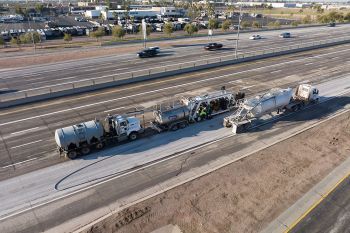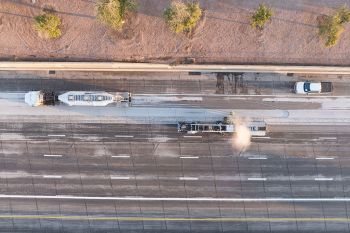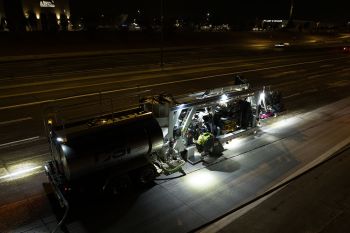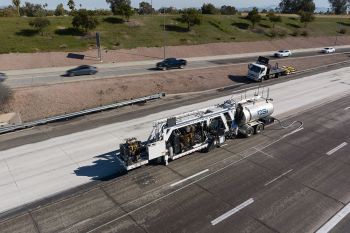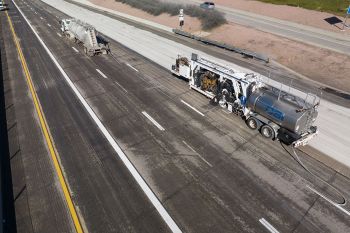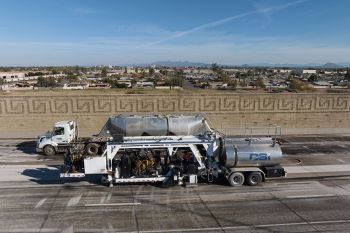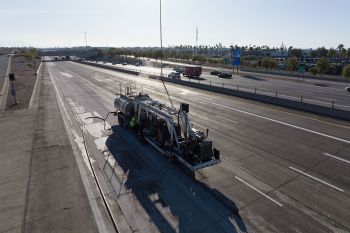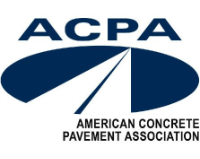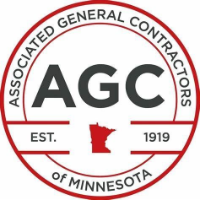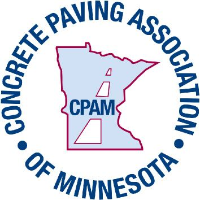Featured Case Studies by Diamond Surface
Explore and read about some of our key diamond grinding and concrete pavement restoration projects we’ve completed throughout the United States and internationally.
Highway 60 in Mesa, Arizona
The Diamond Grinding project on Highway 60 in Mesa, Arizona, involves the resurfacing and improvement of a significant stretch of the highway. This project encompasses a surface area of 1,700,000 square yards and covers a total of 240 lane miles. The primary focus of this project is to enhance road safety and comfort by addressing three key aspects: noise reduction, improved road smoothness, and increased surface friction. The goal of this project is to reduce road noise levels for the benefit of both drivers and nearby residents. Diamond grinding is a proven method for achieving this by smoothing out surface irregularities.
Surface Area: 1,700,000 square yards (SY) of Diamond Grinding
Lane Miles: 240
Total Project Cost: $12,000,000
Improved Smoothness: To enhance the quality of the road surface, the project aims to eliminate rough spots, ruts, and unevenness, resulting in a smoother and safer driving experience.
Improved Friction: Improved road surface friction is crucial for vehicle safety, especially during adverse weather conditions. The project intends to increase the friction between tires and the road surface, reducing the likelihood of accidents.
Safety: Improved friction and a smoother surface will contribute to safer driving conditions, reducing the risk of accidents, especially during inclement weather.
Noise Reduction: Residents living near Highway 60 will experience a reduction in road noise, leading to improved quality of life in the area.
Comfort: Commuters and long-distance travelers will enjoy a more comfortable and pleasant driving experience with a smoother road surface.
Longevity: Diamond grinding is a durable solution that extends the lifespan of the road, reducing the need for frequent repairs and maintenance.
Conclusion: The Highway 60 Diamond Grinding project in Mesa, Arizona, represents a significant investment in road infrastructure with the aim of improving safety, noise levels, and driving comfort. It addresses the critical issues of road surface quality, ensuring that the highway remains a safe and reliable transportation route for years to come.

